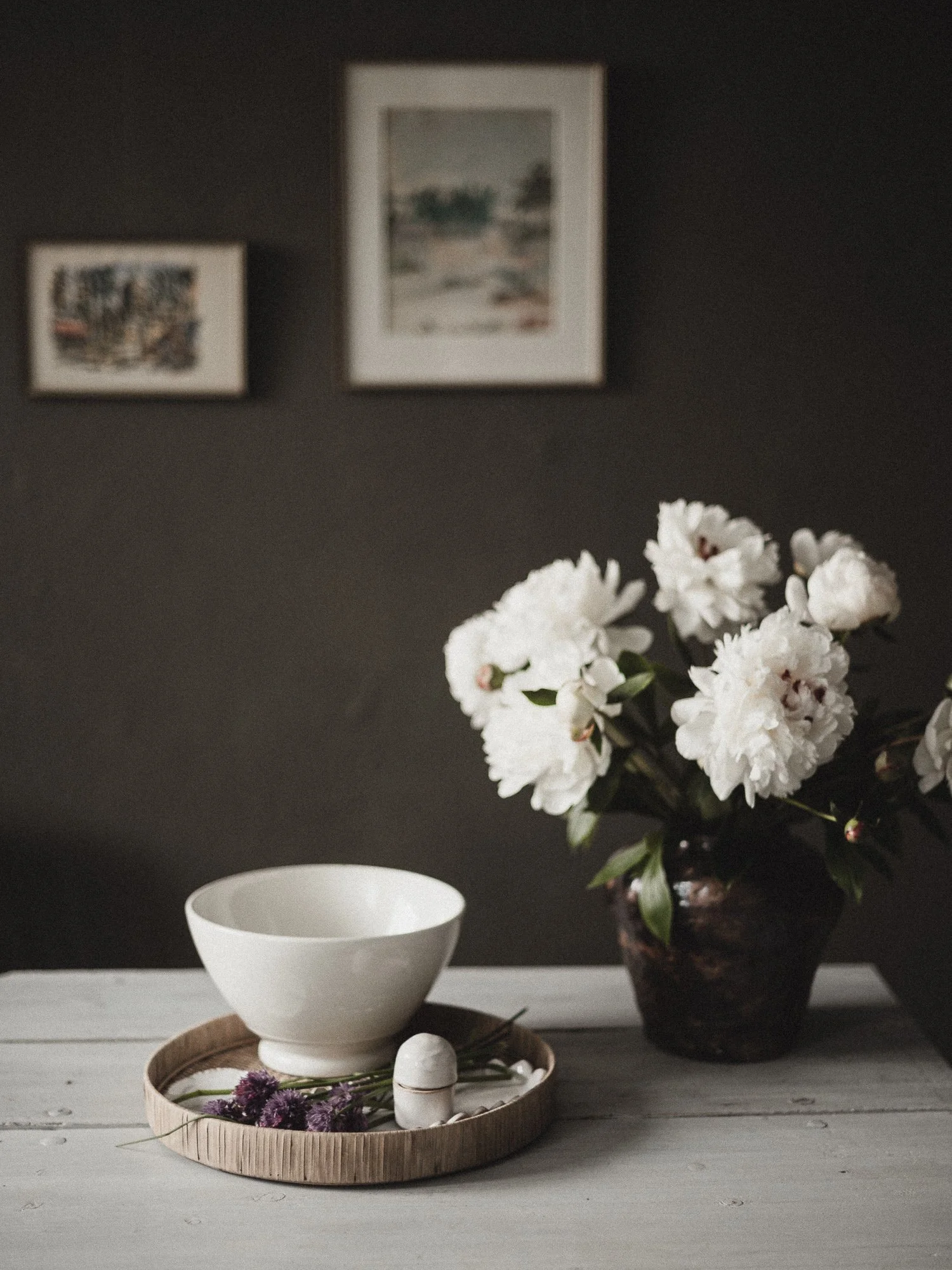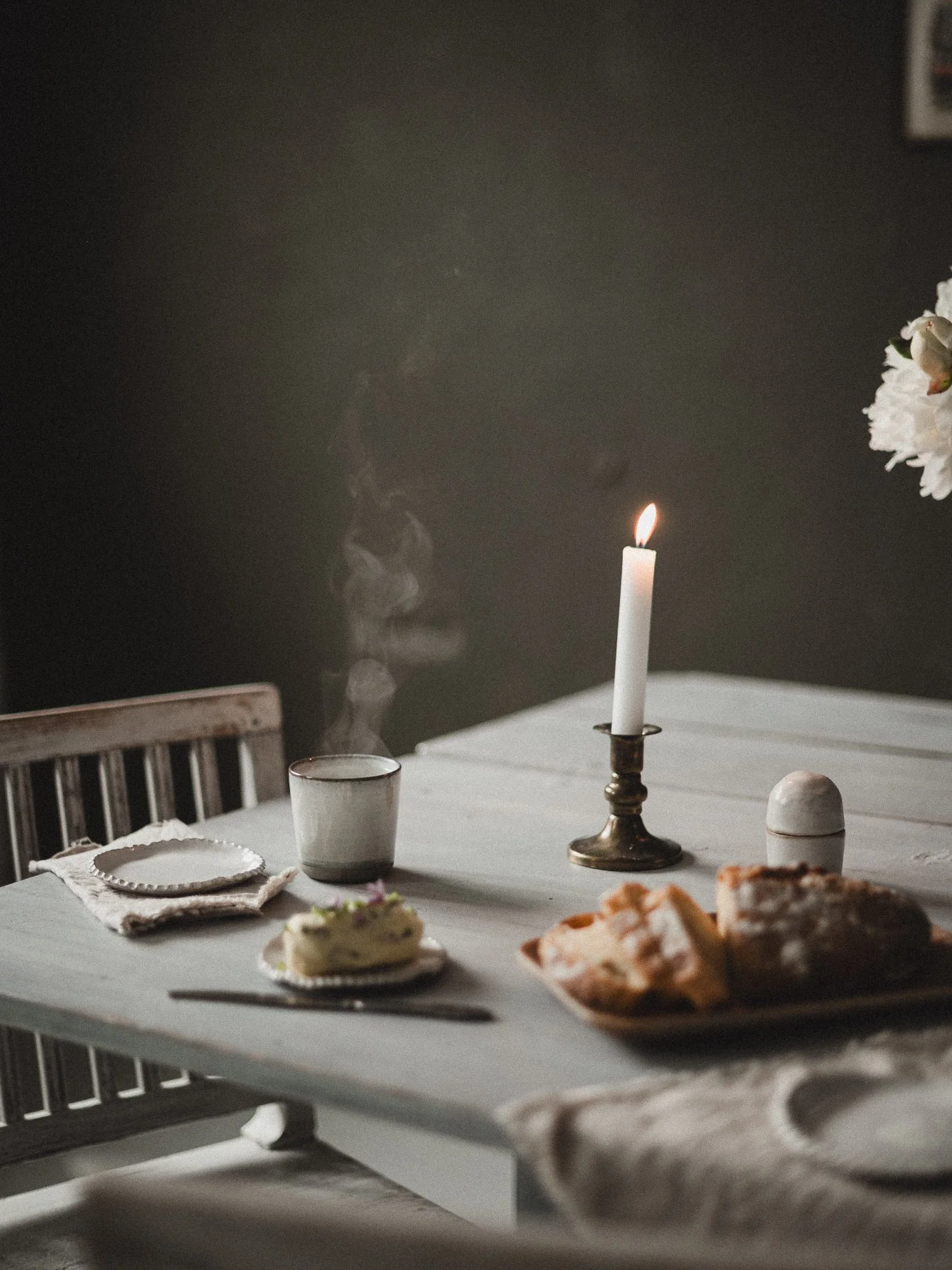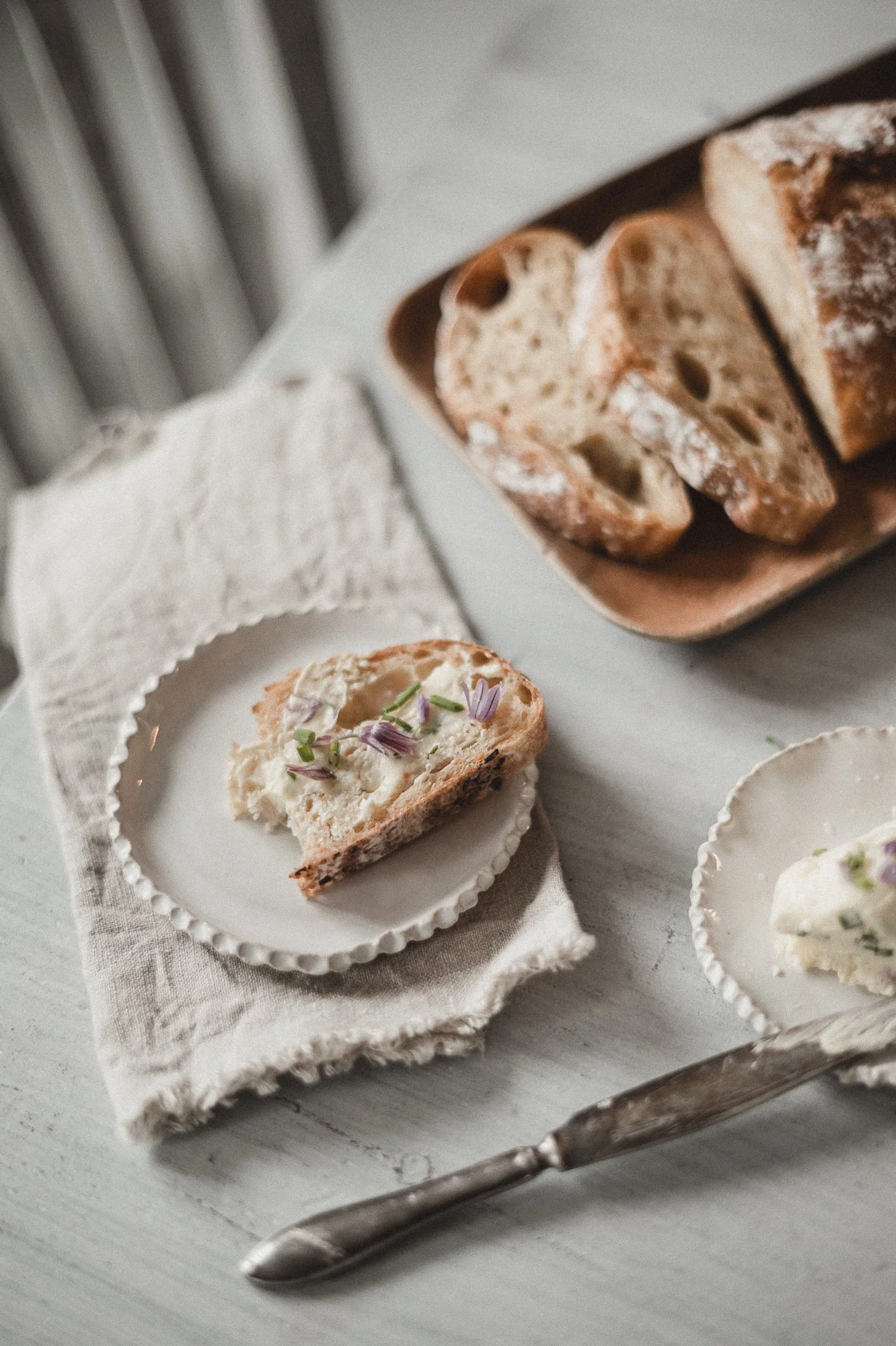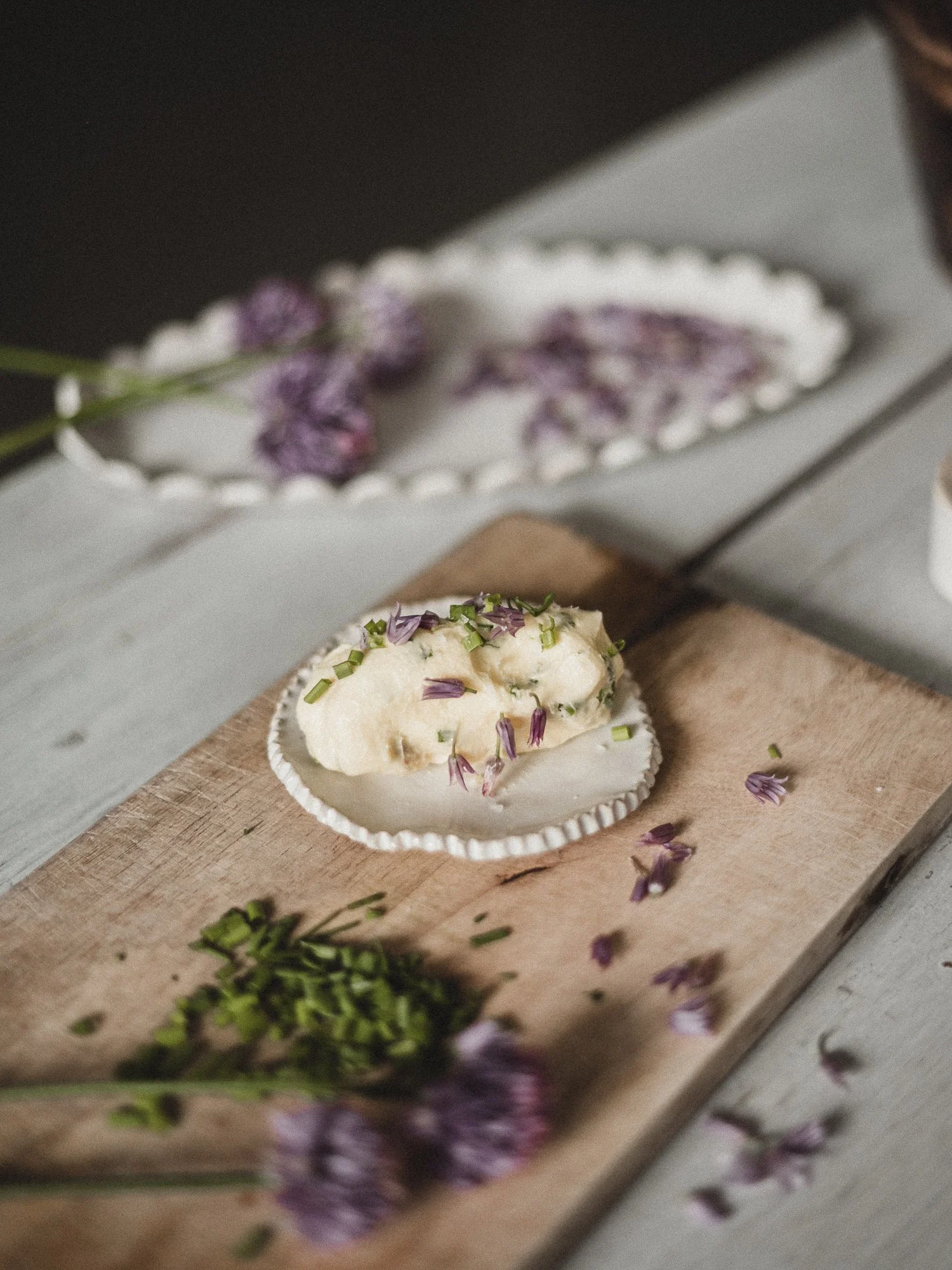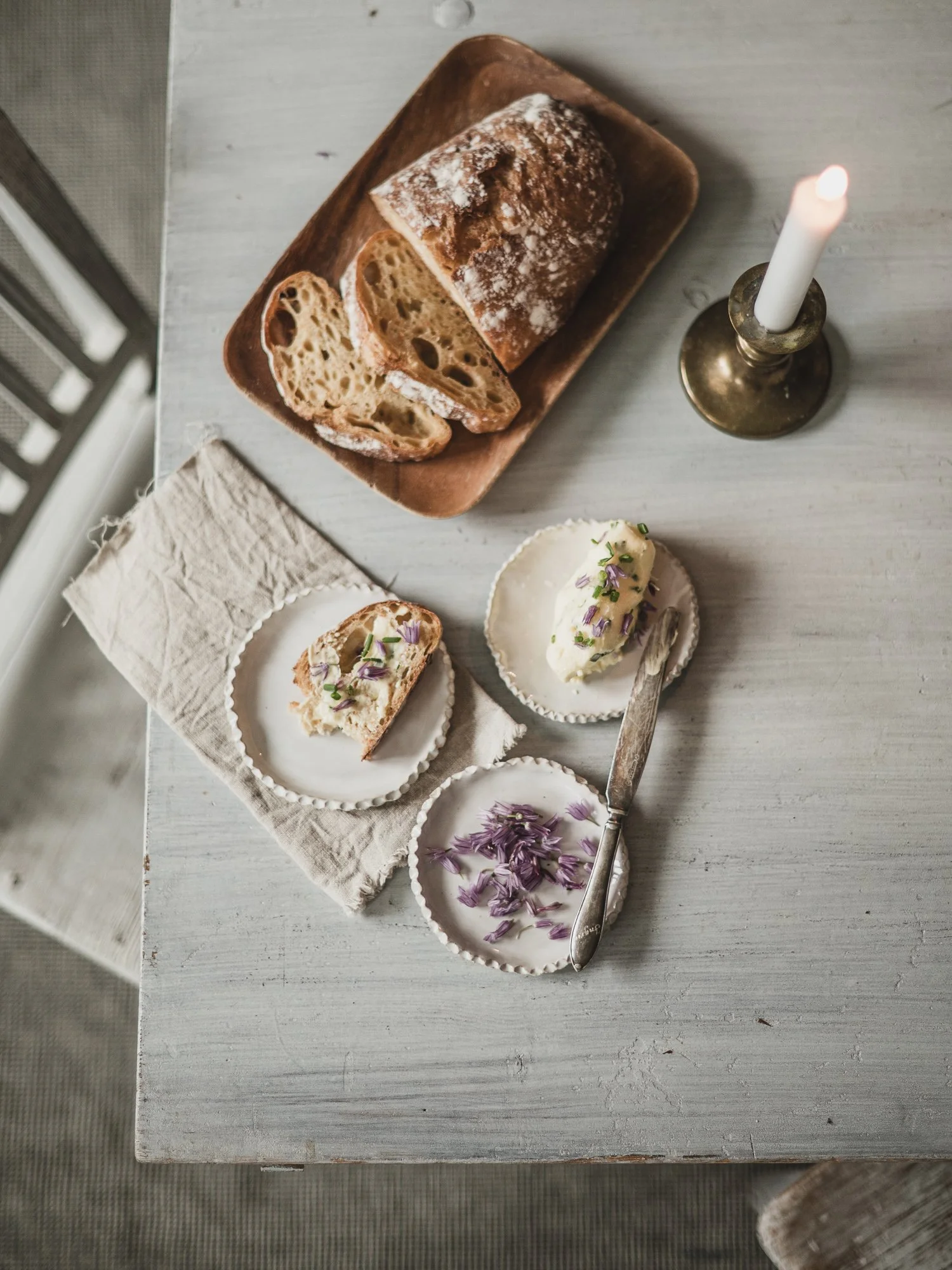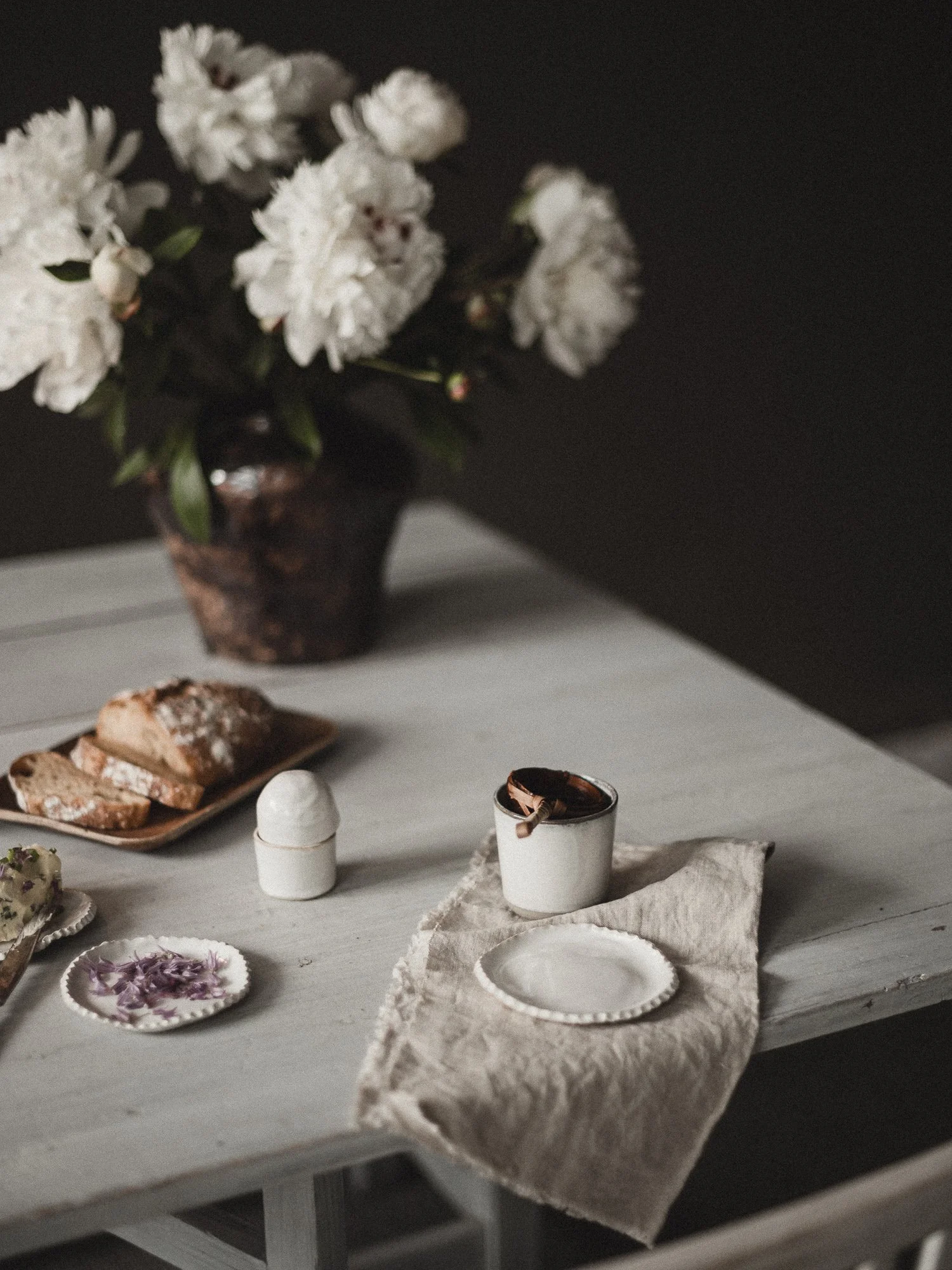One philosophy for choosing a camera
Hi, I’m Joel, Jenny’s husband. I’m very honored that you requested a post from me, so I did my very best to help you. As a short background: I’m an architect with a focus and passion for computational design. This means that I love to design stuff by writing code. If that sounds techy, you’re probably right. But fear not, I have a rough understanding of the demographics of this community, and I’ll try to keep my tech-nerd side in check and let the artistic side take the lead this time.
Some questions to clarify what we want from a camera
In my view, the purpose of a camera is to support one’s creative vision and use. If we think of this as a design problem, we can start by asking some questions that help us focus on the important stuff. Let’s have a look at the questions so that we can choose the right camera for each one of us.
Who are you taking photos for? Do you take them for your enjoyment, or are you intending to share them with friends and family, or even a wider audience? If you photograph for your own enjoyment, you can focus on your process and what you like in terms of ergonomics, the philosophy of photographing in terms of what is controlled via manual buttons vs the screen, etc. On the other extreme, if you are trying to impress a technical audience, the equipment might be more important than what you photograph. Just to be sure, I don’t recommend that anyone go this route.
What are you exactly photographing? Is it lifestyle photography of carefully placed props à la Nordic Stories, amazing street photos of a buzzing urban scene at sunset, majestic photos of the crème of the crop of your local architecture, or the breathtaking nature and animals outdoors? For example, if you are going to go the Nordic Story way, you might want to have equipment that supports the separation between the object and background. If you are taking photos of landscapes, you might want to keep as much of the photo as sharp as possible.
What is the context in which these photos are being shared? Are they going to be looked at as imagery on a yearly calendar, on your social media feed, or maybe as promotional material for your small business? Or are you going all the way, and your goal is to have them as massive fine art prints at a gallery? For example, if your main focus is social media and websites, it is better to work with images that have smaller file sizes, as browsers prefer them. Besides, how long and how thoroughly do you actually look at an Instagram post? My guess is that not long enough to see the small detail that a very high-end camera can produce. In some cases, the camera in your smartphone might do the job just fine. On the other extreme, if you want large gallery-quality photos that are looked at closely for a long period of time, the photos need to have a lot of detail and data, which makes the file sizes larger.
How much can you invest at this moment in time for your photography, and is a new camera the best “photography investment” for you right now? We are all going through different phases in our photography and financial journey, and there must be a sense of peace in your financial decisions. It makes little sense to buy such an expensive camera that you are afraid to use. Additionally, photography includes a wider set of investment opportunities: cultivating your skillset and an artistic eye, the camera, objectives & other gear, the monitor and computer to fine-tune the photos, and the prop or travel costs to be able to take the photos you want. It is not always clear that changing the camera makes the best investment in terms of improving your photography. Many times, investment in your skills is a better choice. There, Jenny´s soulful photography courses are a great help!
As you can see, “the best camera“ is going to depend on your dreams and aspirations. Next, we are going to look at the same questions using our recent purchase as an example in the thought process.
Who are you taking photos for? As you probably know, Jenny takes her photos for a wide audience: for herself, for those family calendars, and all of you. To me, the uniting theme seems to be that she takes her photos for those who appreciate the artistic aspects of photography instead of the technical. If you try to discuss megapixels, chromatic aberration, or any other technical stuff of her photos instead of the composition, colors, or atmosphere, I’m pretty sure that in her mind, she has lost the game already. Because photography is a large part of her work, the camera needs to feel nice in her hands, and it needs to have the ability to take reasonably high-quality photos in the technical sense for the portraits.
What are you exactly photographing? In Jenny´s case, she photographs lifestyle with an emphasis on interior photos as well as those important moments in one’s life. So there is typically a clear star in the photo, and the photos are mainly taken in a confined space lit with a very limited supply of fragile Nordic light. So this means that the camera should help to capture as much light as possible and help to separate the main star of the image from the background. For her, the weight of the camera is not a main priority, although it is always beneficial that the photoshoot doesn’t resemble a weight-lifting exercise.
What is the context where these photos are adored? The range is basically from social media to portraits. This means that most of the final images need to be reasonably small in size so that they load fast in a browser. But the portraits can and in many cases have to be larger in size.
How much can you invest at this moment in time for your photography, and is the camera the best “photography investment” for you right now? For Jenny’s credit, I have to say that she really pushes to squeeze everything she can from what she has. Her old, reliable camera is over seven years old and has recently started to make some worryingly funny noises. This, combined with the fact that she photographs for a living, meant that it might be time to purchase a new workhorse. When it comes to the price, we are recently graduated architects, and she runs a fresh small business. So the camera needs to support her business and not be a creative block. Simultaneously spending on features that are not going to be used doesn’t make much sense financially. This gave us a budget of roughly 3000€ to work with.
Why did we choose the Nikon Z6 ii?
In my view, a camera has two important dimensions to keep in mind. Namely, the sensor and brand. I’ll explain the brand part in a moment.
A sensor is a piece of tech that converts the light it receives into a pixel image. The main difference is its size and megapixel rating. Roughly speaking, the larger the size of the sensor, the more it can capture light, and the shallower the depth of the field can be. The megapixel rating means how much information the sensor can pack into an image.
For our purposes, we are going to focus on APS-C and full-frame sensors. These are not the only ones available, but in my view, they represent the market space in cameras that are “sensible“ for us to choose from. APS-C sensors are smaller in size, so the camera ecosystem as a whole is typically smaller in size and lighter in weight. For similar camera settings, they have a wider range of image sharpness. Keeping all this in mind, it is not a surprise that many travel photographers choose cameras with APS-C sensors. Full-frame sensors are larger in size. For Jenny, the main benefits are that the sensor can take more light which reduces noise in low light environments (which Finland is for like 9 months in a year) and it helps to have a shallow depth of view, which helps to make the main subject of an image pop from the blurry background. For these reasons, we looked for a camera with a full-frame sensor.
Now, about the brands. What I mean by this is that most well-known brands produce cameras with many types of sensors. However, they have slightly different color profiles and typically different mounts for the lenses (objectives). The main difference is going to be between the type of cameras (point-and-shoot, DSLRs, sensor types, etc), not between brands.
That said, the brands try to differentiate themselves by focusing on some features in the consumers’ minds. I’m no expert on this subject matter, but what I’ve understood, Sony’s cameras are amazing at auto-focus, especially during filming video (probably the reason why they are so popular in the YouTubers/vlogger scene). Leica has its own philosophy about photography and color, which has built a loyal following, especially among street photographers. Photographers who need to take photos quickly (sports, some wildlife, etc) favor specific Canon models. In my mind, if you like a specific brand and they have a camera that fits your dreams and aspirations, you should go with it. It will inspire you to make more photos, which (if you are making the photos consciously and with intention) will improve your skills as a photographer.
Jenny’s old reliable is a Nikon D610; she likes the colors she gets from Nikon (although she enhances them with presets and some tuning). She wanted to try a mirrorless camera and actually had an eye for a Fujifilm. After some discussion, we concluded that it might be better for her to stick to the same brand because it would enable her to use one set of lenses for both of her cameras. And as great as Fujifilm cameras are, there isn’t one with a full-frame sensor. So basically, we chose to stick with Nikon. So next we needed to find a mirrorless Nikon with a full-frame sensor in the 3000€ region. With these requirements, the decision was between Nikon Z7 ii and Nikon Z6 ii. Technically speaking, the Nikon Z7 ii is a better camera (it has twice as many megapixels, for example) and it fits our budget. However, it was roughly 1000€ more expensive, and in our minds, there isn’t such a big difference between photos taken with a 24.5MP (Z6) and 45.7MP (Z7) camera. Jenny could use the difference in the future to acquire a new lens (the 50 mm f1.2 lens that is made for the new mirrorless Nikons, which should make pretty blurry images). In our minds, that would make more of a difference in her images in the future. Additionally, the new Nikons have a larger diameter to mount the lenses, which requires an adapter purchase so that the lenses she owns fit the new camera frame. So now she has two cameras that can share the lenses, which is a good place to be as a small business. There is now redundancy if something happens.
I acknowledge that the result and reasoning might be a bit “meh, was that it? There weren’t any detailed comparisons between different camera brands/models etc”, but I think this follows Jenny’s principles: She always says to me that the main part of any piece work is the person who puts her heart, soul, and skills to it, not the gear and tech that are used to get there. As hard as it is sometimes for a tech nerd to accept it, I think she is right.
I’m convinced that you are on a great journey as an artist, and I wish you the best of luck in finding your way of looking and capturing the world around us.
yours,
Joel
